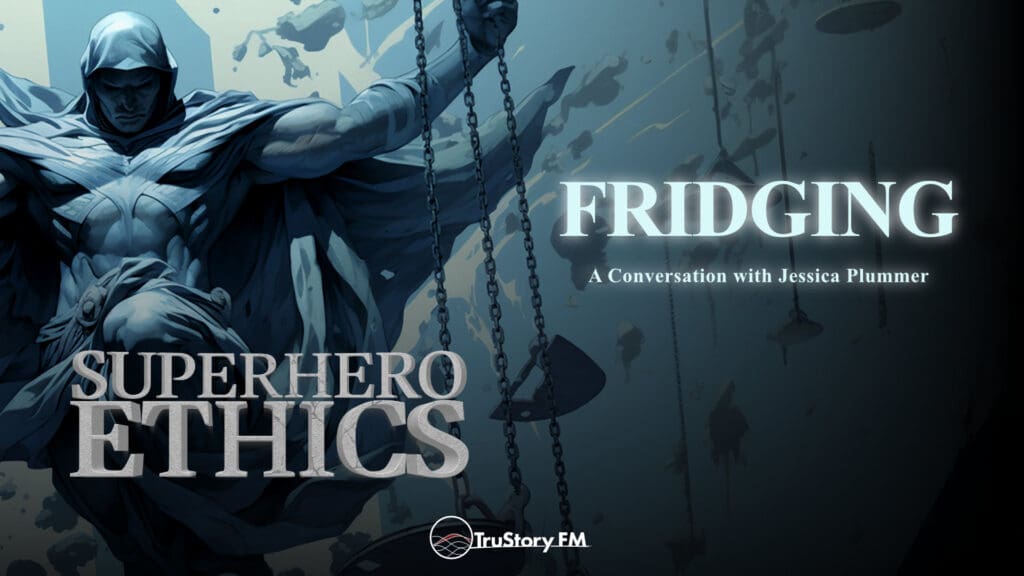“Women in Refrigerators”: Understanding Fridging in Superhero Media
In this eye-opening episode of Superhero Ethics, hosts Matthew and Riki tackle the controversial topic of “fridging” with special guest Jessica Plummer, a comic book historian with expertise in gender representation. The term “fridging,” coined by comic writer Gail Simone in 1999, refers to the killing, maiming, or assault of female characters primarily to advance a male character’s storyline.
What exactly is fridging and where did the term come from?
The term “women in refrigerators” originated from a 1994 Green Lantern issue where Kyle Rayner’s girlfriend Alexandra DeWitt was murdered and stuffed in a refrigerator by villain Major Force. This served solely to motivate Kyle’s character development and revenge arc. The podcast explores how this pattern repeats across comics, films, and TV shows, with female characters frequently introduced only to be brutalized for male character development.
Why is fridging problematic beyond just character death?
The discussion highlights how fridging isn’t just about women dying – it’s about the specific ways their bodies are violated and displayed, often in sexualized or gratuitously violent ways. The hosts examine how female characters are disproportionately subjected to these fates compared to male characters, despite already being underrepresented in superhero media to begin with.
How does fridging differ from other character deaths?
The podcast examines the key differences between fridging and other character deaths. Male characters often die heroically in battle with “noble sacrifices” and frequently return from death, while female characters are more commonly assaulted in domestic settings like kitchens, portrayed as helpless victims rather than heroes making choices, and rarely return from death.
What about fridging and race in media?
The conversation expands to discuss similar patterns with characters of color, who are often introduced as side characters only to be killed to motivate white protagonists. While the panel debates whether “fridging” should specifically refer to violence against women or could apply more broadly, they agree the core issue is about which characters get to be protagonists versus disposable plot devices.
Other topics discussed:
- The original Green Lantern fridging incident that gave the trope its name
- How Black Widow’s death in Avengers: Endgame exhibits elements of fridging
- The repeated visual motif of female character deaths (like Gwen Stacy’s fall)
- Examples of media that subvert fridging expectations, like John Wick and Daredevil
- How some characters have “climbed out of the fridge” through character resurrection and reimagining
- Writers and creators who have worked to challenge and change this trope
- The relationship between shock value and fridging











